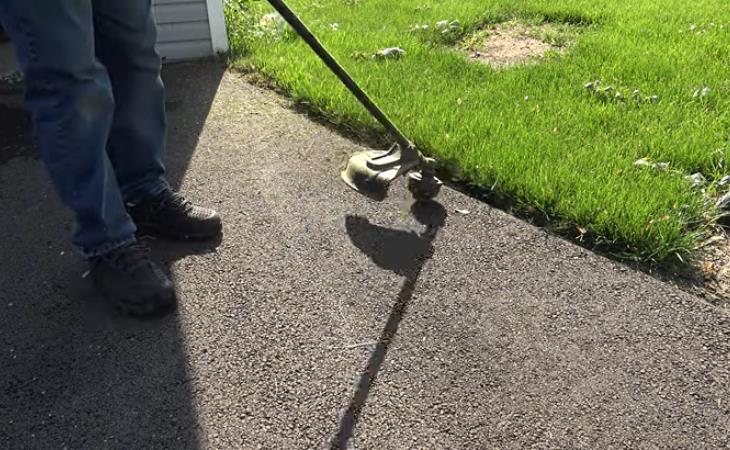
If you don't experience snow or your driveway is relatively new, the situation may not be so dire for you - the driveway is probably still looking fresh. But over time, the accumulation and melting of snow and ice cause cracks and even potholes in the driveway, and no one is coming to fix that for you.
The time to do it is now, over a weekend with no rain and temperatures higher than 50°F.
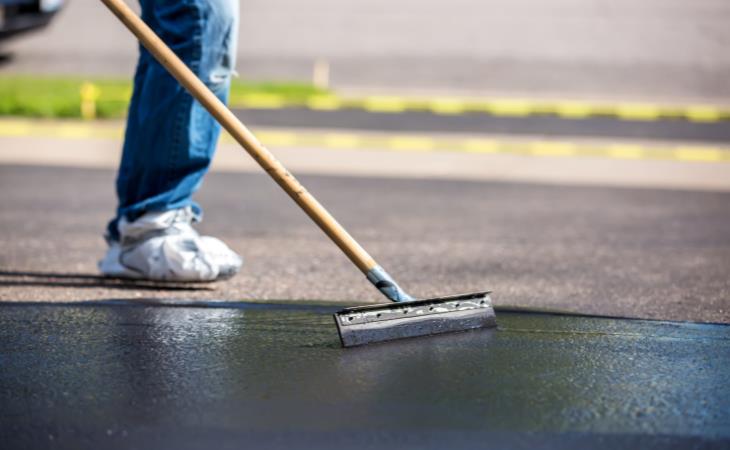
Necessities:
- Sealant (buy an extra bucket)
- An 18-inch squeegee
- A 4-inch brush
- Grass trimmer (string trimmer is best)
- Asphalt caulk/ crack sealer
- Trowel/ shovel/ scraper
- Cold tar mix and a stamper (for potholes only).
Optional and helpful:
- Leaf blower
- Pressure washer
- General degreaser
- Cones/ tape to mark the area.
Start 1-2 days ahead by turning the buckets upside down so they rest on the lid. When you open them, they will mix easier. Alternatively, buy a sealer that needs no mixing and skip the wait.
1. Cut the grass neatly near the driveway. Using a shovel or a trowel, push back the roots and dirt to reveal the edge of the driveway. Cut any grass that grows through cracks in the asphalt.
2. Use a broom, a leaf blower, or a pressure cleaner to clean the driveway to the best of your ability.
3. To remove greasy stains, use hot water and soap or a degreaser. Use a stiff brush to break up the stain.
4. Finish with a final rinse but avoid flooding the driveway.
Sealing cracks:
1. Clean the cracks of grit and grass. Use a screwdriver to clean the crack if needed. Sweep away any standing water there may be inside the crack with a broom.
2. Use the crack sealer to fill them up.
3. Flatten everything with a scraper or a trowel.
For larger cracks, you may need a rubberized sealant that only sets with a torch. This is a larger, hazardous project, and you may want to contact a contractor for that.
Sealing potholes:
This one is easier than you may think. You only need a stamper, a bucket of water, and some cold tar mix. This video will take you through the steps:
Let everything set for 24 hours.
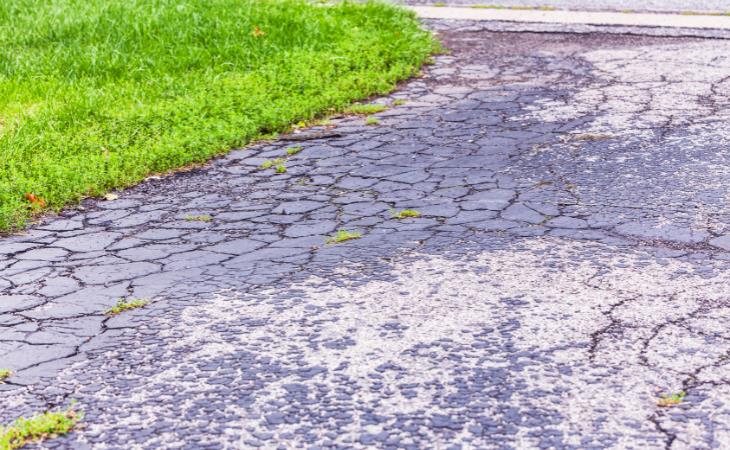
Start by covering the borders with a brush. Next, move on to spilling the sealer little by little straight from the bucket and spread it evenly across the driveway.
Apply minimal pressure and drag the squeegee in vertical and horizontal lines for an even spread.
If you're a visual learner, this guide is the one for you:

7 Cute Button DIYs You Can Do With the Whole Family
DIYs are suitable for any age, there are many materials to create endless and impressive crafts such as the ones you will see in the following article...
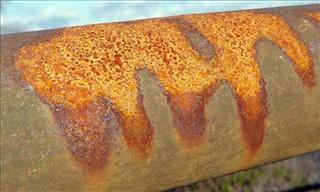
Remove Rust from Any Surface With These Cheap & Easy Tips!
Ugly rust will become a thing of the past, using these simple methods to remove it from metal surfaces and even clothes.
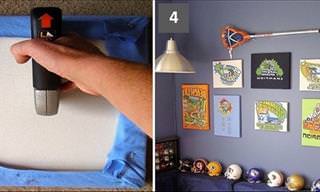
Re-purpose Your Old T-Shirts with These 10 Cool DIYs
We all have old shirts in our closet that aren't in use, and with these 10 original ways to recycle them, you can breathe new life into them!

5 Natural and Homemade Hairsprays for All Hair Types
Worried about using chemical-laded hairsprays for your hair? Try these DIY natural alternatives instead.
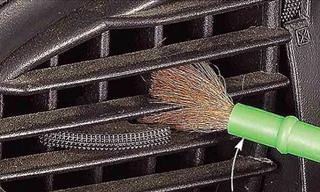
15 Great Tips for Cleaning Those Hard-to-Reach Spots
Have you ever skipped cleaning places and things around the house that were just too difficult to clean? Well, we have just the tips to help you with these spots!

WATCH: Keep These Tips in Mind to Protect Your Art At Home
As everyone does, I'm sure you have pieces of art in your home that are precious to you. Here's how you can protect them for your prolonged enjoyment.
 3:57
3:57
We Can Learn a Lot About a Dog From How It Sleeps...
This video breaks down the most common doggie sleeping positions to gives you some great information about why your dog sleeps the way it does and what it may mean.
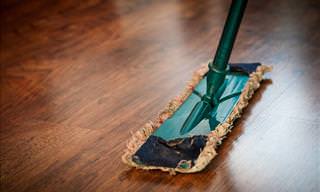
These Tricks Will Make Dust a Thing of the Past!
Dust can gather before you can even notice it. It can cause allergic reactions and even lower the strength of your immune system. So make sure to give these tricks a try to keep your house dust-free
 3:27
3:27
Stop Wasting Avocados By Learning This Simple Trick
This excellent video will show you the simple way of freezing the quick-decaying avocados so you can enjoy them later.

Read These Tips and Banish Your Self-Doubt for Good!
There are small things that we can do to help conquer self-doubt and this infograph reveals all.
 3:04
3:04
We Bet You Don't Know Just How Useful Your Microwave Is
3 great additional uses for microwaves you never knew about.

11 Ways You May Be Messing up Your Garden
Many aspiring gardeners give up on their dream, solely because they lack information about their garden. Here are 11 common gardening mistakes that we make.

Guide: How to Beat a Narcissist in Their Own Game
If you want to teach the narcissist in your life a lesson and show them that messing with you is not an option, here are 7 things you need to do to come out on top.
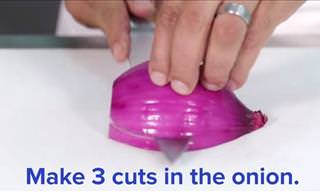 1:45
1:45
Chef's Tips: Chop Your Veggies Quickly Like a Pro
If you want to save yourself some time in the kitchen, follow these fantastic veggie chopping tips from the experts!
 2:23
2:23
Video Guide: Peel a Potato in Less Than a Minute
In this video guide, you will learn how to peel potatoes as quickly as possible.

12 Tips to Maximize Counter Space in Small Kitchens
These hacks will transform your kitchen counter space.

Old Pantyhose Can Be Used for So Many Surprising Things
Pantyhose rip so easily, but fortunately they can still be used around the house. Here are 14 handy uses for torn pantyhose.

This Post Will Show You Everything About Bananas
You're about to know everything there is to know about the banana because we're presenting you with SO much information here.

13 Cool Guides & Infographics You Never Knew You Needed!
These unique guides might change your perspective on a lot of things.

Did You Know Shampoo Has Other Useful Uses Besides Hair?
if you always thought your shampoo was only meant for keeping your hair healthy and beautiful, you are about to discover 10 particularly useful surprises!

8 Exercises To Take OFF Your Fitness Routine
Fitness experts strongly advise to skip these unnecessary exercises to avoid injuries and save time
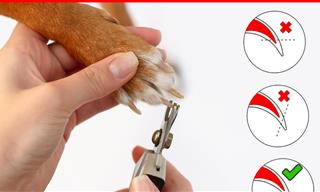 8:02
8:02
DIY Dog Nail Trimming: Keep Your Pup's Paws Healthy
Why visit a vet to trim your pup's nails? Do it at home with these easy-to-follow instructions.
 15:01
15:01
16 Survival Gadgets for Any Emergency Situation
These cool gadgets can be extremely useful in any emergency situation.
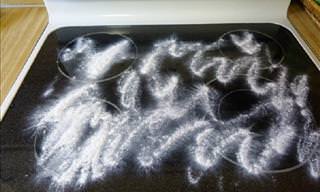
Here's One Really Cheap & Easy Way to Clean a Stovetop
Looking for an effortless and cost-effective way of cleaning your stovetop? Then you've come to the right place.

How to Remove Stickers from 5 Different Surfaces
Removing stickers and tape marks from your furniture, electronic supplies, and windows can be really tricky. Here's how to do so quickly and effectively!
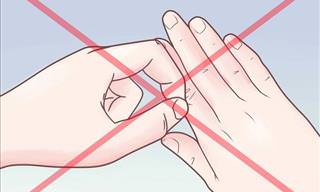
Remove That Painful Splinter - With Handy Baking Soda
Splinters are more painful than paper cuts, and very painful to remove. But thanks to baking soda you can actually remove splinters easily. And here's how.
 5:16
5:16
The Psychology of Decision Fatigue and How to Avoid It
Follow these tips to start making smart decisions quickly.

Confused About Home Colors? This Post Clarifies Everything
Choosing the correct colors for each room in your home can be a tricky affair, however this guide will clear everything up for you in an instant.

Should You Preheat the Car Engine When It’s Getting Cold?
Experts say that leaving the engine run idle in cold weather is both a waste of your money and terrible for the car engine and the environment.

12 Things You Should Never Clean With Vinegar!
In these 12 cases, it is recommended that you do not use it and instead treat stains and dirt with other cleaning products

Everyday Hacks That Will Make Your Life So Much Easier
Try some of these ingenious everyday life hacks featured here. They are sure to simplify your life.

Neglecting to Clean These Items Can Be DANGEROUS
These items in your home have to be cleaned regularly. Otherwise, they can become a real fire hazard!
 2:01
2:01
Why Pouring Beer Wrong Can Upset Your Stomach
Do you always feel bloated after drinking beer? There's a way to prevent this - all you need is a regular glass and this pouring technique...
 5:03
5:03
24 Simple But Genius Hanger Tricks to Use at Home!
Find out the many wonderful and useful tricks you can use a regular old hanger for!

7 Items You Might Be Disinfecting the Wrong Way
With the Covid-19 outbreak, disinfecting has become a daily necessity. But some items can be damaged by the chemicals & need a gentler approach

Fix Any Fence Problem With These 10 Video Tutorials!
10 video tutorials that'll cover most fence DIY issues, from fixing various issues to installation and painting.
 8:13
8:13
5 Best Salts to Cook With... and One to Avoid
Here's a guide to help understand which salts to buy, how to use them, and which ones to avoid.

Who Knew Denture Tablets Had SO MANY Handy Uses?
Here are 10 items in your home you can turn spotless with denture cleaning tablets.
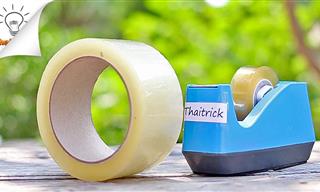 5:33
5:33
9 Practical Ideas With Adhesive Tape Everyone Should Know
These adhesive tape hacks are a must try.
 3:12
3:12
Useful Ways to Repurpose Wire Hangers Everyone Should Know
4 extremely useful and clever ways of repurposing old wire hangers in your home, car, and garden.

Learn to Prevent and Clear This Pest From Your Cupboards
So what exactly should you do if you’re facing the Indian Meal Moth in your home, and how can you prevent its appearance?

The Best AAA Membership Discounts You Haven't Been Using
Most people don’t know about these AAA benefits.

Your Secret Cheat-Sheet For Vegetable Gardening!
This is a cheat-sheet that every vegetable gardener should acquaint themselves with!

How to Clean and Maintain Your Microfiber Towels
A short guide on how to clean and maintain your microfiber towels so that they last a long time.

Brighten Up a Dark Room With These 10 Houseplants
If you'd like to liven up a dark room in your house, consider buying some of the following plants. These plants don’t have beautiful flowers, but they have pretty leaves, which is more than you’d expect from plants that get little to no sunlight.
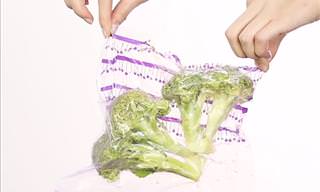 11:26
11:26
These 40 Incredible Kitchen Hacks Are Too Good to Be True
If you love cooking, but hate all of the stress and hassle that it can entail, then this video is perfect for you!

What Are Phishing Emails And How Can You Protect Yourself?
Phishing emails are a common method used by cyber criminals to steal people's data. These are 4 frequent scams you can look out for and avoid.
To enable your Ad-Free Subscription, please fill the fields below
Your subscription was successful, now you can enjoy an ad-free experience!!
Note: To make sure you get no ads, please make sure to log in to your account. If you are logged in already, then refresh the page. The subscription can be cancelled at any time.



